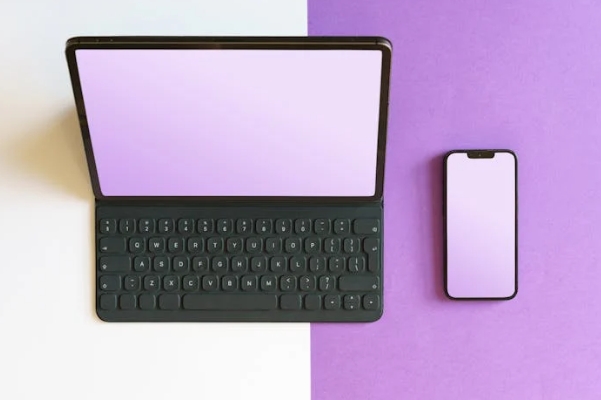Fast charging has transformed the way we power our devices, making slow charging almost a thing of the past. But where is this technology heading next?
What are the key updates in fast charging technology?
Fast charging technology has seen consistent innovation, with breakthroughs in charging speed, energy efficiency, and heat management. These developments are driven by the demand for ever-faster, safer, and more versatile chargers.
Let’s explore how this evolution is reshaping the future of fast charging.
What Factors Drive Innovation in Fast Charging?
The need for faster charge times, enhanced safety, and energy-efficient solutions drives this technology’s evolution.
Factors Driving Innovation:
Fast charging relies on advancements in battery chemistry, charging algorithms, and power delivery standards like USB-C PD. Research is also focused on reducing heat and energy loss during the process.

Key Considerations for Future Innovation
- Battery Lifespan: Balancing speed and battery health remains a challenge.
- Universal Compatibility: Ensuring chargers work seamlessly across devices.
- Eco-Friendliness: Reducing waste by creating long-lasting, energy-efficient chargers.
By addressing these, manufacturers can create truly groundbreaking products.
How Will USB-C and GaN Impact the Future?
USB-C and GaN (Gallium Nitride) are at the heart of fast charging’s next evolution.
Snippet Insight:
USB-C enables high-speed charging with universal compatibility, while GaN technology delivers higher efficiency in a smaller size.

USB-C: A Universal Standard
USB-C PD has become a global standard, supporting high-speed charging and data transfer across various devices. Its future looks promising as regulations increasingly mandate its use, ensuring compatibility and reducing e-waste.
GaN Technology: Efficiency Redefined
Gallium Nitride is a game-changer. Compared to traditional silicon-based chargers, GaN chargers handle higher power levels without overheating, making them smaller and more efficient.
- Compact Design: Perfect for travel and multi-device setups.
- Sustainability: Lower energy loss aligns with eco-conscious trends.
Are Wireless Charging and AI the Future?
Wireless charging and AI integration are redefining what’s possible.
Snippet Insight:
Wireless technology eliminates cords, while AI ensures safe and optimized charging tailored to specific devices.
Breaking Down the Potential
- Wireless Charging Evolution: Beyond convenience, wireless charging is improving in speed and efficiency. The dream of charging at a distance is closer than ever.
- AI Integration: Smart chargers that adjust output based on device requirements can prolong battery life and enhance safety.
Though promising, these technologies still face hurdles like slower speeds compared to wired solutions and compatibility issues.
What Challenges Lie Ahead?
Despite its progress, fast charging technology has challenges to overcome.
Snippet Insight:
Heat management, compatibility, and sustainability are key challenges for the future of fast charging.

The Roadblocks
- Heat Generation: Fast charging generates more heat, which can damage devices if not managed properly.
- Device Compatibility: Despite USB-C strides, universal compatibility is still a work in progress.
- Environmental Impact: Short product lifespans and e-waste are concerns as fast charging devices proliferate.
Solutions in Sight
From innovative cooling systems to recyclable components, manufacturers are investing in solutions that address these pressing issues.
Conclusion
Fast charging technology is racing forward, powered by breakthroughs in USB-C, GaN, and AI. While challenges remain, the future is bright for faster, safer, and more sustainable charging solutions.
Reliable quality, worry-free charging—FUMEI is here to connect the world, one charge at a time.
